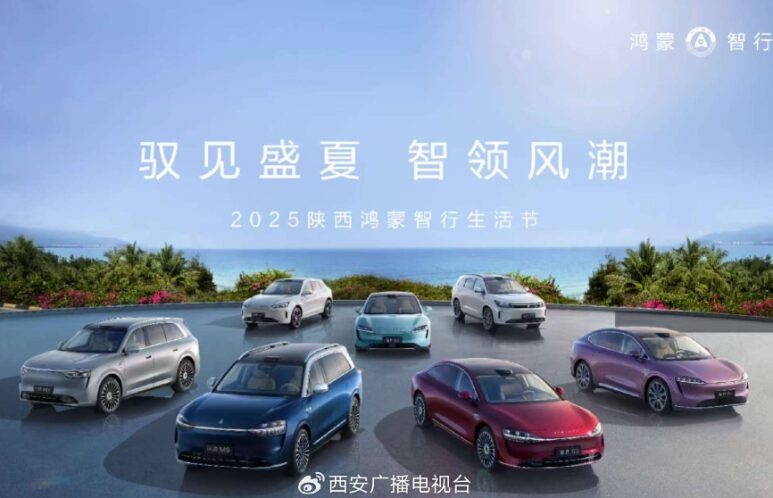Huawei’s Victory, Volkswagen’s Humiliation: Why the CARIAD Disaster Explains Everything

Huawei officially claims it doesn’t build cars. This is becoming the biggest misdirection in the auto industry. The reality is, Huawei has created a system so powerful it forced a giant like Volkswagen to face a humiliating truth about its own incompetence.
The story of Huawei’s two competing automotive models—one a runaway success, the other a struggling failure—is not just a Chinese domestic affair. It is the perfect lens through which to understand Volkswagen’s disastrous software ambitions with CARIAD and its subsequent, shocking partnership with competitor XPeng. This is a story about selling your soul, and what happens when you try—and fail—to keep it.
The Two Deals: A Partnership vs. A Takeover
To understand the situation, you must first understand the two deals Huawei offers to carmakers.
| Partnership Model | Huawei Inside (HI) Model | Harmony (HIMA) Model |
| The Deal | Carmaker leads; Huawei provides key tech solutions. | Huawei leads everything from design to sales. |
| Who Keeps the Soul? | The Automaker. | Huawei. The carmaker is a mere manufacturer. |
| The Result? | Commercial struggles. (e.g., Avatr) | Overwhelming success. (e.g., AITO) |
| VW Equivalent? | The failed CARIAD dream (Trying to keep the soul). | The XPeng deal (Giving up a piece of the soul). |
The data is brutal. Cars under the Huawei-led HIMA model are selling in the tens of thousands monthly, while cars under the automaker-led HI model are floundering. Why? Because the HI model exposes a fatal weakness in traditional automakers: they can’t match the speed and marketing power of a consumer tech giant.

The CARIAD Disaster: A Failed Attempt to Keep the Soul
This brings us to Volkswagen. VW saw the threat. They knew that the “soul” of the modern car is its software. To protect it, they poured billions into creating CARIAD, their in-house software company. The goal was noble: to achieve what the HI model partners are trying to do, but on a grander scale—to build and own their digital destiny.
It was a catastrophic failure. Plagued by delays, bugs, and internal strife, CARIAD failed to deliver. It proved that even for the world’s largest automaker, creating competitive software from scratch was a near-impossible task. This failure is the ultimate validation of why Huawei’s HI model struggles: keeping the soul is incredibly hard.
Conclusion: The Humiliation That Defines the Future
Defeated by its own ambition, Volkswagen did the unthinkable. To save itself in the critical Chinese market, it signed a deal to use the EV platform of its much younger Chinese rival, XPeng.
This wasn’t just a partnership; it was a surrender. It was an admission that after failing to build its own soul (CARIAD), it had to buy a piece of someone else’s.
Huawei’s strategy lays this dynamic bare. The success of the “Harmony” model shows the immense power of a tech giant in total control. The failure of the “HI” model, mirrored perfectly by Volkswagen’s CARIAD disaster, shows the immense difficulty for legacy automakers to go it alone.
The question Huawei poses is no longer theoretical. Volkswagen’s humiliation has already answered it. The future of the car may not be built by carmakers, but by the tech companies they are forced to surrender to.
Deeper Dive: Recommended Books for a Broader Perspective
To truly grasp the power dynamics at play, understanding the principles of platform business is crucial.
[Platform Revolution: How Networked Markets Are Transforming the Economy and How to Make Them Work for You]
- Why it’s recommended: This book perfectly decodes the playbook Huawei is using. The “Harmony” model is a classic platform strategy, designed not just to participate in a market, but to rewrite its rules and dominate it. It explains the core concepts of networked markets, a force that traditional, linear businesses like Volkswagen are struggling to compete against.
- 👉 Read Book

As an Amazon Associate, I earn from qualifying purchases.
My AI Jazz Project: